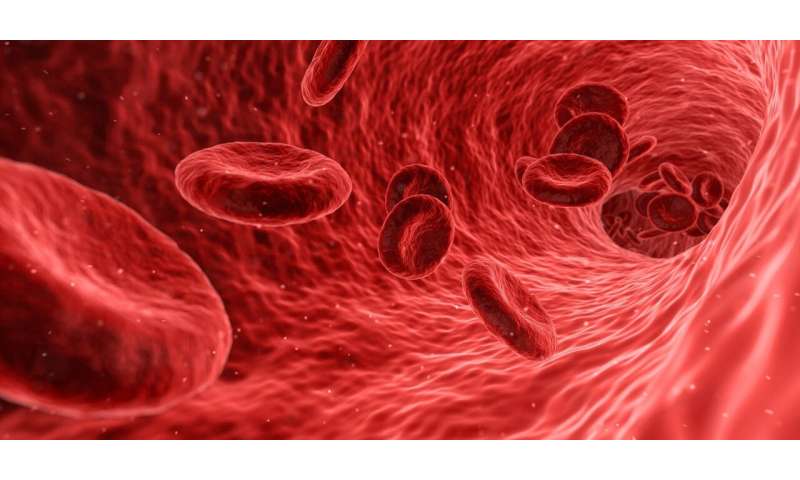
The primary function of kidneys is to filter blood, removing waste products that build up in a human body. If kidneys are damaged and their function fails, an excessive amount of water and waste products accumulates in the blood and the body. If waste products are not removed from the body in time (by dialysis), the waste products can become toxic to the human body, which can lead to weakness and nausea and, in extreme cases, be fatal.
Recently Kai Lauri defended her doctoral thesis “Elimination of Uremic Toxins during Dialysis assessed with the Optical and Analytical Methods” at TalTech’s Department of Health Technologies. The doctoral thesis focused on studies on the removal of different marker molecules with diverse characteristics and size by different dialysis modalities.
The supervisor of the doctoral thesis, Professor at TalTech Department of Health Technologies Ivo Fridolin said, “The specialist term for marker molecules with different characteristics and size that are removed by dialysis treatment is uremic toxins. More than 100 such toxins have been identified. The toxins are divided into three groups: small water-soluble molecules, e.g. creatinine and urea, middle molecules with molecular weight >500 Da and protein-bound molecules. The concentration of some toxins can be determined in blood using standardized laboratory analysis, but unfortunately the concentration of many toxins cannot be determined by classical laboratory methods yet.”
Therefore, it is not possible to assess exactly the efficiency of renal replacement therapy or dialysis treatment, which is primarily used for the artificial elimination of toxins from a patient’s blood. Some toxins, e.g. middle molecules and protein-bound molecules, cannot be removed easily from the blood during dialysis. Accumulation of these toxins in the blood can cause health problems and reduced quality of life. Therefore, the assessment of removal of toxins that cannot be determined by laboratory analysis and that are difficult to remove by standard dialysis strategies is vitally important.
The doctoral thesis focused on the study of the blood and dialysate. “Dialysate is used in a dialysis filter, which filters uremic toxins, and it functions basically as urine by purifying the blood from waste products. We determined the concentrations of toxins in dialysate optically by spectrophotometric and fluorometric monitoring,” Professor Fridolin said.
Dialysate can be measured optically also in real-time. In this case dialysate flows through an optical measuring instrument during the entire dialysis session and the concentration of UV absorbing or fluorescent compounds in dialysate is measured in real-time. This allows assessment of removal of solutes from blood during the entire dialysis session.
“It was found in the doctoral thesis that dialysis treatment eliminates easily lower molecular water-soluble molecules. However, removal of protein-bound molecules (e.g. indoxyl sulfate) is significantly slower and middle molecules can be eliminated only by using a certain type of dialysis treatment, where ultrafiltration is used in addition to diffusion,” Ivo Fridolin said.
Another goal of the doctoral thesis was to compare the accuracy of optical methods with standardized laboratory methods. The findings confirmed good agreement between the laboratory and optical results, ensuring the reliability of the optical measurement results.
Professor Fridolin said, “We have also developed a prototype of the optical device, i.e. a multicomponent renal replacement therapy monitor, which allows real-time assessment of the concentrations of various uremic toxins in dialysate. In practice, this allows estimation of the concentration of uremic toxins removed from the blood. This information is necessary for medical doctors in order to find out how effectively the waste products can actually be removed from the blood.
Source: Read Full Article
